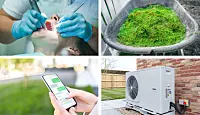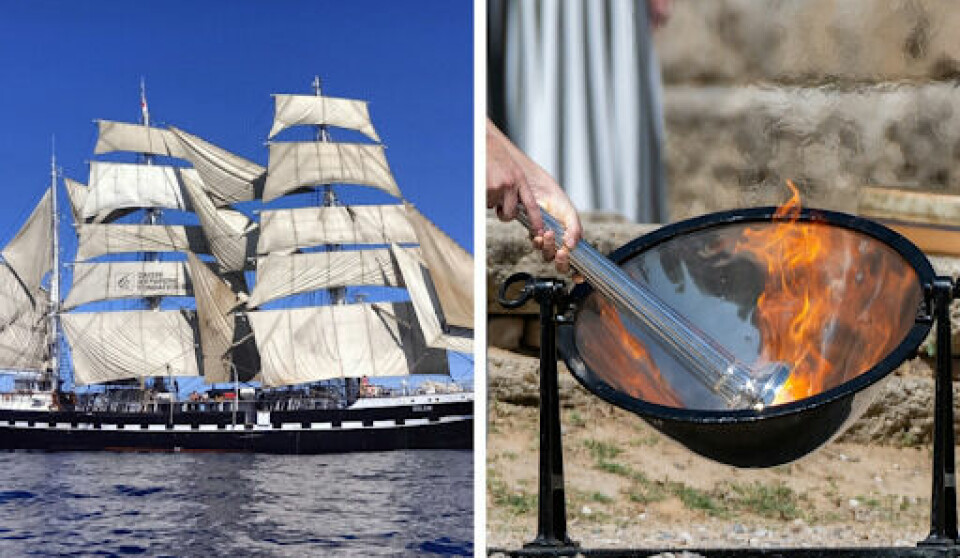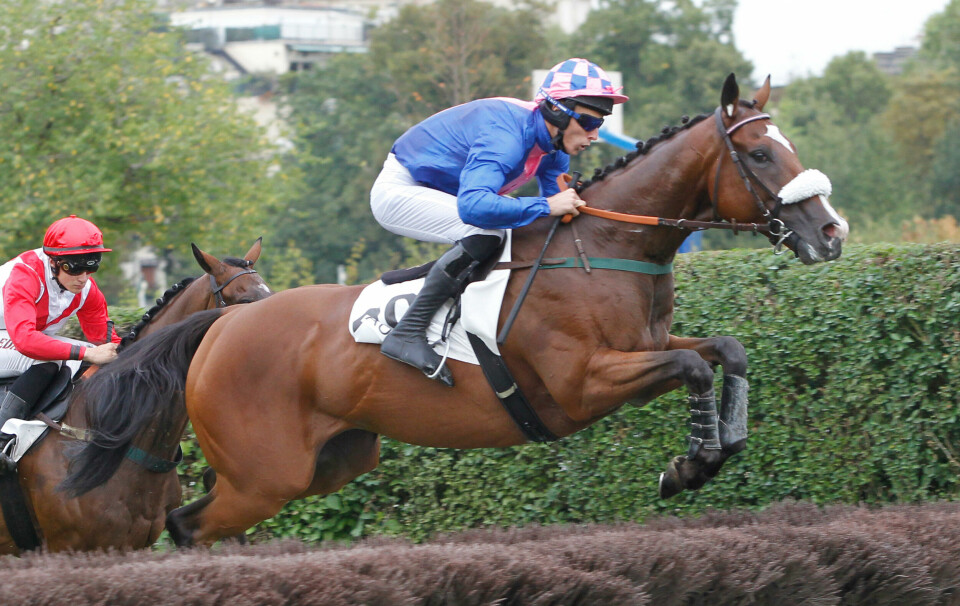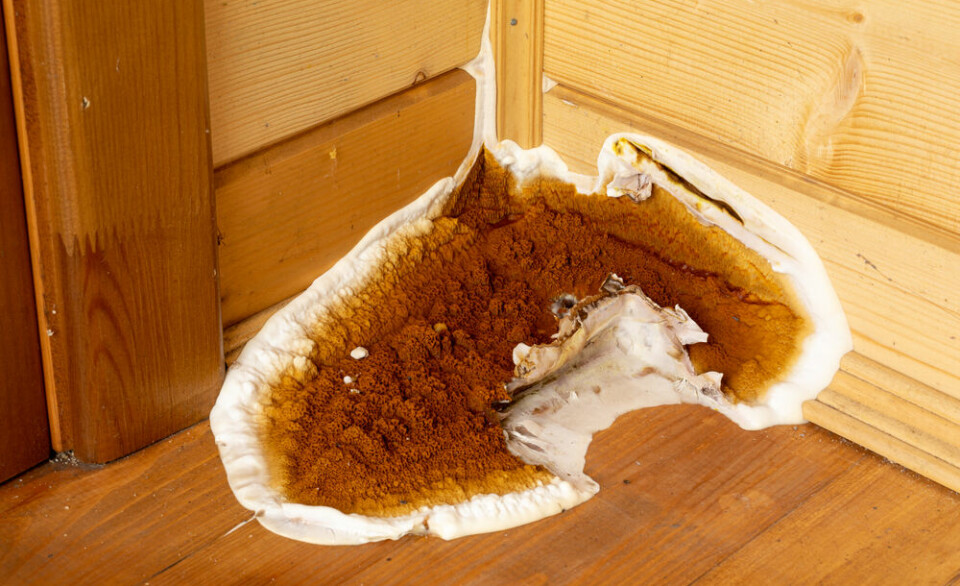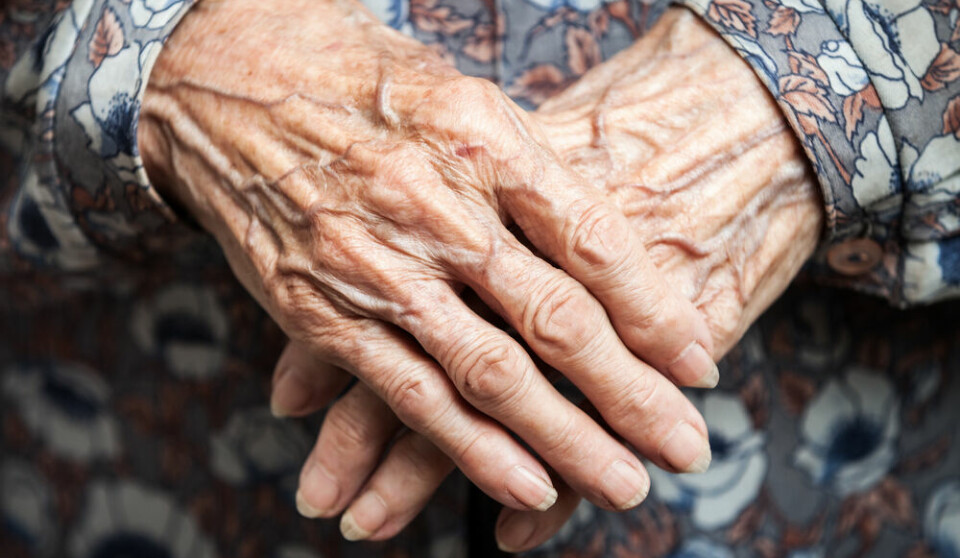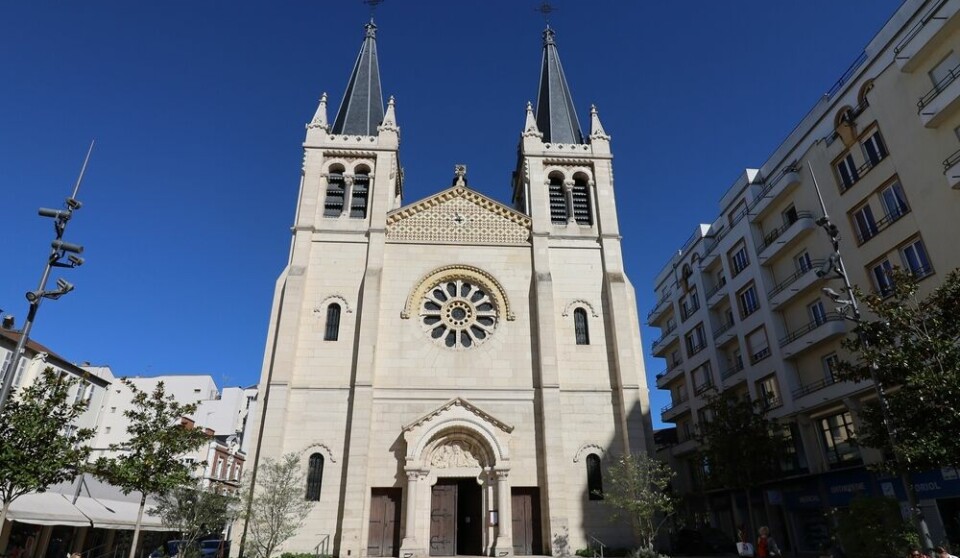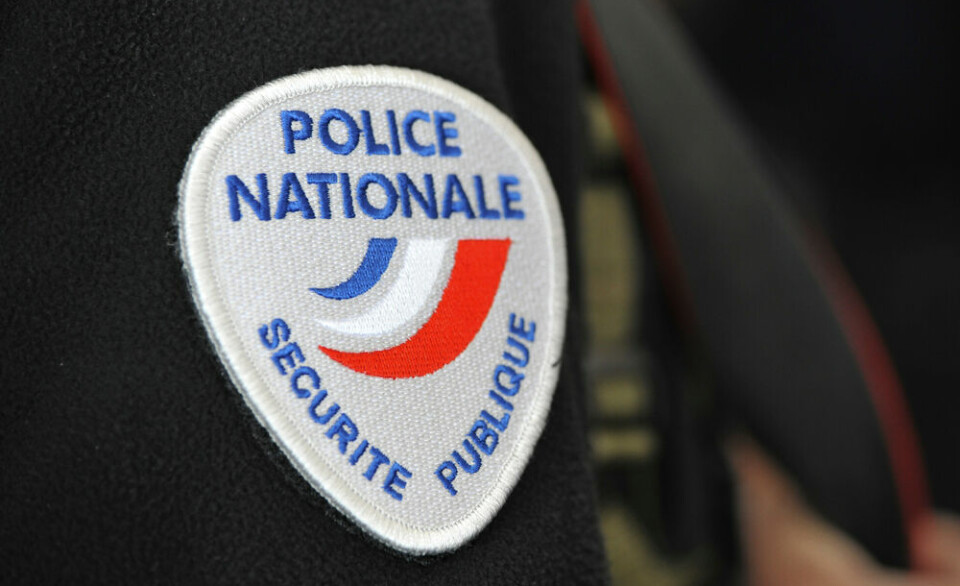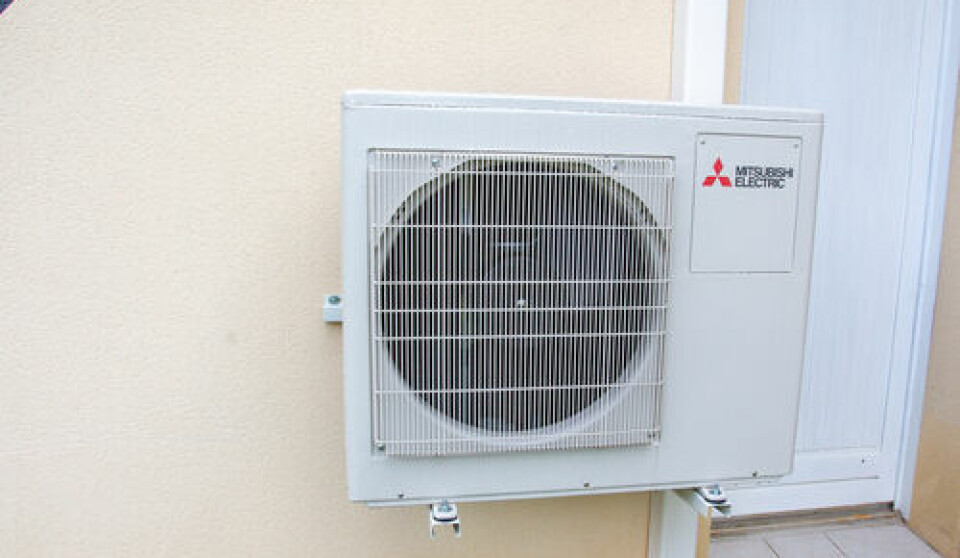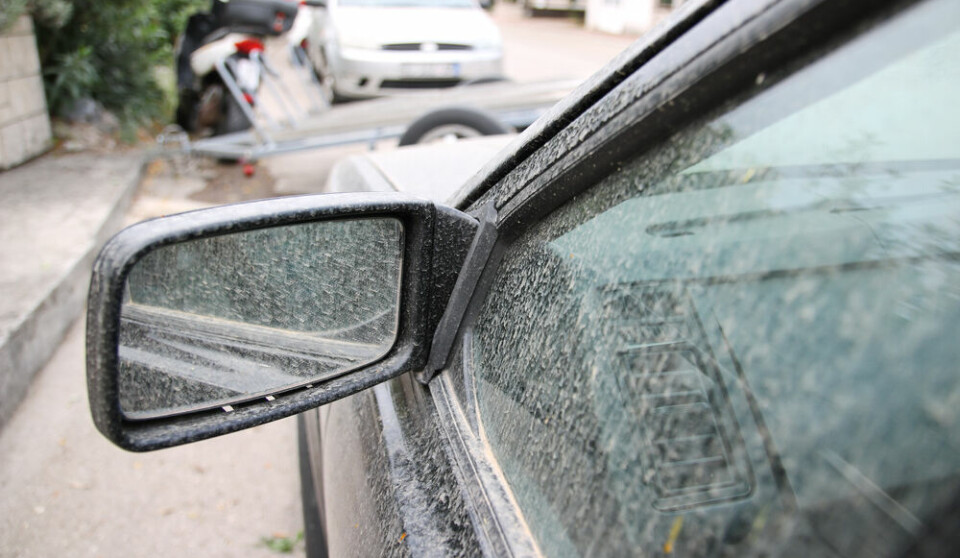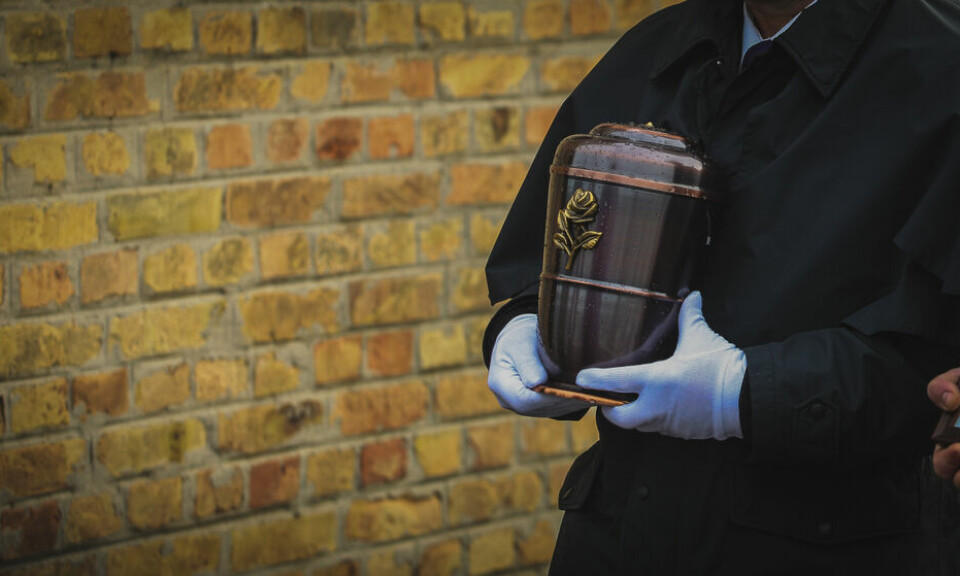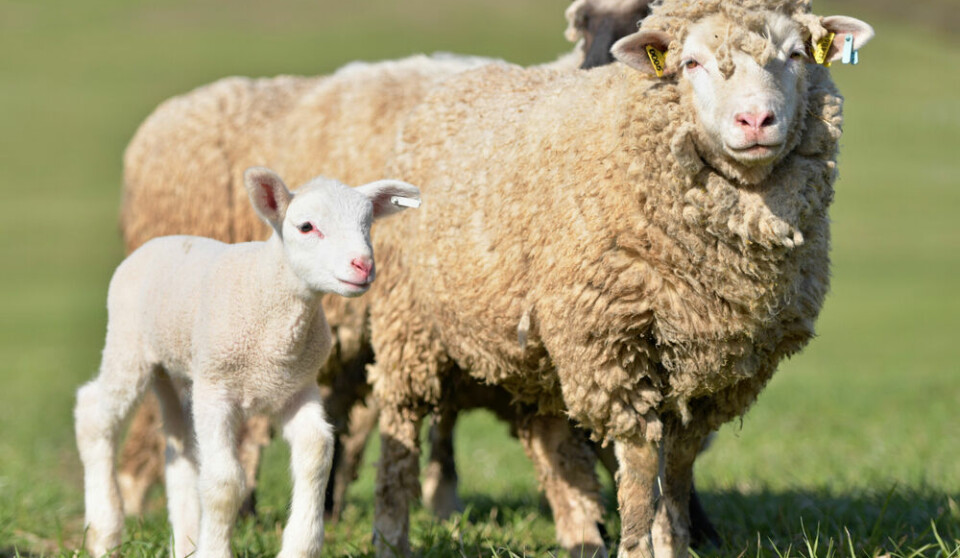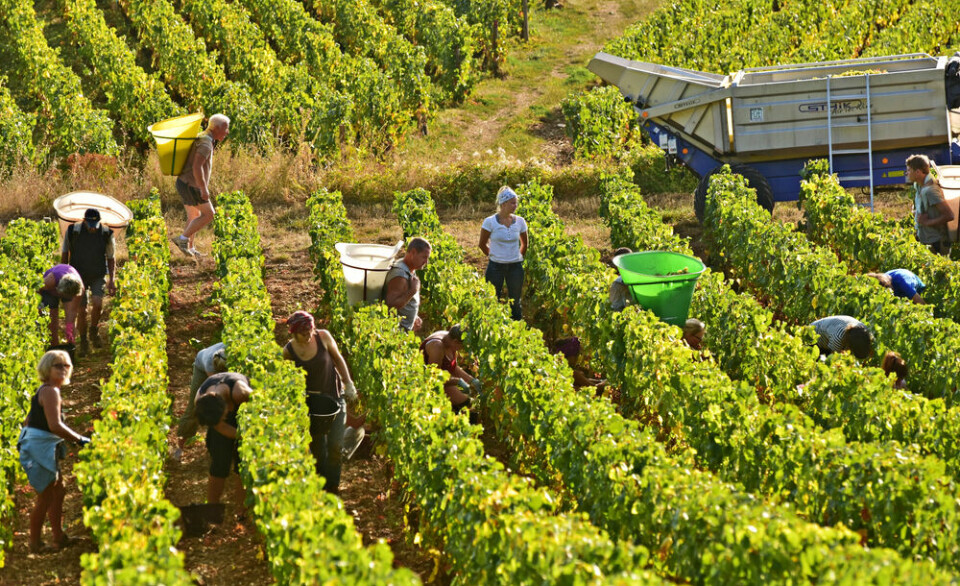-
PHOTOS: Olympic Flame to travel to France on beautiful historic ship
The 127-year-old ship sets sail on Saturday with ‘the most important passenger it has ever carried’
-
Phone scams, gardening, insurance claims: 5 French practical updates
Our roundup of recent practical articles you may have missed
-
Picnic in Paris? Chance to join huge meal on Champs-Elysees
The event could even be record-breaking. You can now apply for your chance to take part
Clip your yew to help against cancer
Poisonous needles contain substance that can be turned into anti-cancer chemical

Leaves and seeds of the yew tree are poisonous but can also give a substance that can be used in some cancer treatments – and people with yew hedges can join in to help.
Two companies, SN.PM in Normandy and Evogreen in Alsace, organise collectes each year so that gardeners in the north of France can have yew clippings picked up to help in the production of chemotherapy drug docetaxel (brand name: Taxotere).
Known to have effects in breast, prostate and lung cancer, Taxotere is now largely made in the laboratory but gardeners who regularly clip off the new growth – only ‘annual’ growth has value, old needles have less of the active substance – can help supply chemicals used in the process.
These chemicals, obtained from the needles’ poisonous alkaloid, have a molecule, baccatine 10DAB, which disrupts cancer cell division.
Although the common yew or taxus baccata can reach up to 15m in height, trees are not valuable in the chemical production as they contain little of the active ingredient. It is concentrated in the young growth most often seen in hedges from May to October.
Needles to be collected are generally softer and brighter green than ‘old’ growth.
For readers in the UK, two companies there may also be interested in clippings, Limehurst and Friendship Estates.
Stay informed:
Sign up to our free weekly e-newsletter
Subscribe to access all our online articles and receive our printed monthly newspaper The Connexion at your home. News analysis, features and practical help for English-speakers in France

